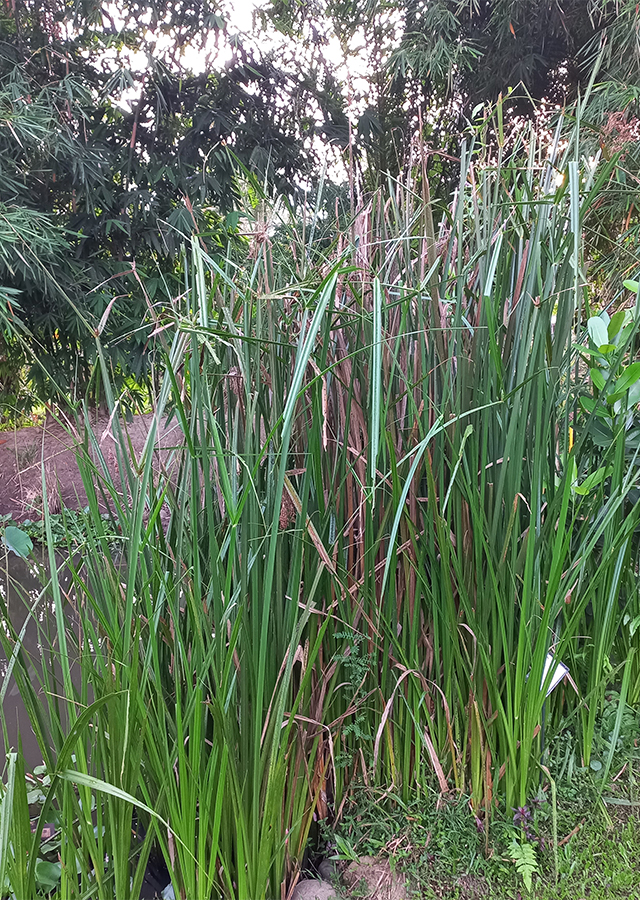Traditional Herbs from Scleria sumatrensis
smooth_digestion
- Prepare enough fresh stems of rija-rija grass, wash them until clean.
- Boil the stems until they boil.
- Strain then\u00a0add a little table salt.
- Drink 2 times a day in the morning and evening to get maximum results.
What is Scleria sumatrensis Looks like??



Parts of Scleria sumatrensis that could be used
- Root
- Stem
Scleria sumatrensis Distribution
Rija-rija grass is a type of grass that belongs to the enigma tribe and is widespread in India, Sri Lanka, Indo-China, South China, Thailand, Peninsular Malaysia, Indonesia (Sumatra, Java, Kalimantan, Sulawesi), the Philippines, and Northern Australia (Queensland). In Kalimantan, rija-rija grass is known as a very annoying weed and is one of the wild plants that is often found in semi-swamplands that are submerged in tidal water and can be an indicator of acid sulphate soil. However, even though it is known as a weed, traditionally rija-rija grass has good health benefits, where people in Peninsular Malaysia have used a decoction of its roots mixed with pandan roots and Areca catechu and red chilies (Capsicum) to treat gonorrhea.Agroecology of Scleria sumatrensis
Rija-rija grass can be found growing in dry open places, forests and bushes, it can also be found in swamps, peatlands, peat swamp forests, up to a height of 500 m above sea level. This plant grows very well in dry areas and swamps, hurdles, pikul market roads and disks. This plant is also often found in areas that are submerged in water and as an indicator plant which indicates that the area has acid water. This is supported by the statement which states that rija-rija is specific for acid sulfate soils that are resistant to high soil acidity.
Morphology of Scleria sumatrensis
- Fabrous roots, brown-black in color.
- Sturdy stems, triangular, smooth or slightly rough, green with purple markings.
- Single leaves, meditative, alternate in three rows, in the middle of the stems gather to form a false bouquet, 3 -5 strands. As you go up,\u00a0it becomes narrower, the edges of the leaves are scabrous and quite sharp and can cut the skin at the base cup-shaped, very large, 3-lobed. Inflorescences are oval panicles, primary sheath shorter or the same length as the panicle -3, unisexual, light brown or reddish. Glume (flower cover) ovate or wide oval, straw to purplish in color.
- Fruit has a wrinkled surface or serrated, fruit about 2.5 mm long, partially covered by persistent glumes (protective flower leaves) about half the length.
- The seeds are black.
Cultivation of Scleria sumatrensis
- Generative propagation (seeds). Seed germination time takes around 392 days.
- Flowers all year round, pollinated by wind. The seeds are eaten by birds and also help spread to distant places, as well as through water flow.
Scleria sumatrensis, more details :
Chemical Content of Scleria sumatrensisInformation not found. Need further investigation.
Benefits of Scleria sumatrensis
Treating gonorrhea, improving digestion, caring for mothers after childbirth.
Simplisia of Scleria sumatrensis
Another Facts for Scleria sumatrensis :
Synonym of Scleria sumatrensisScleria setigera Roxb.
Habitus of Scleria sumatrensis
Herb. Annual herb, up to 400 cm high
Habitat of Scleria sumatrensis
- Forest
- Land
No comments:
Post a Comment